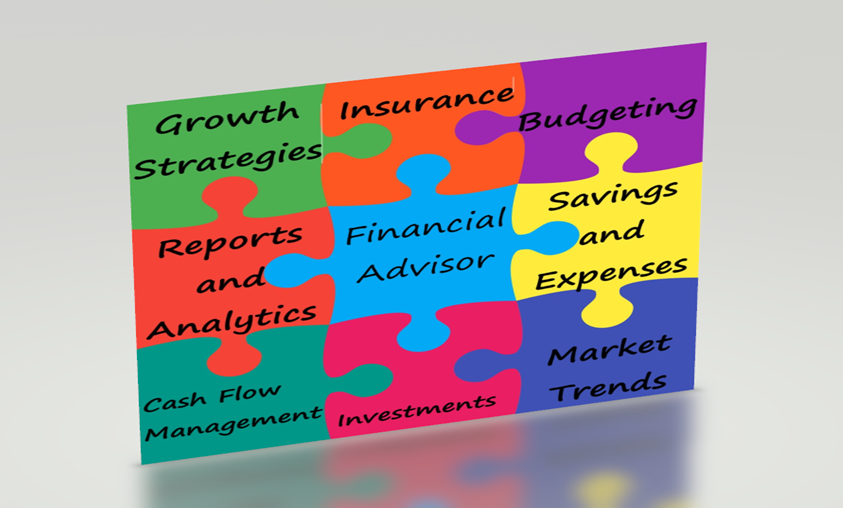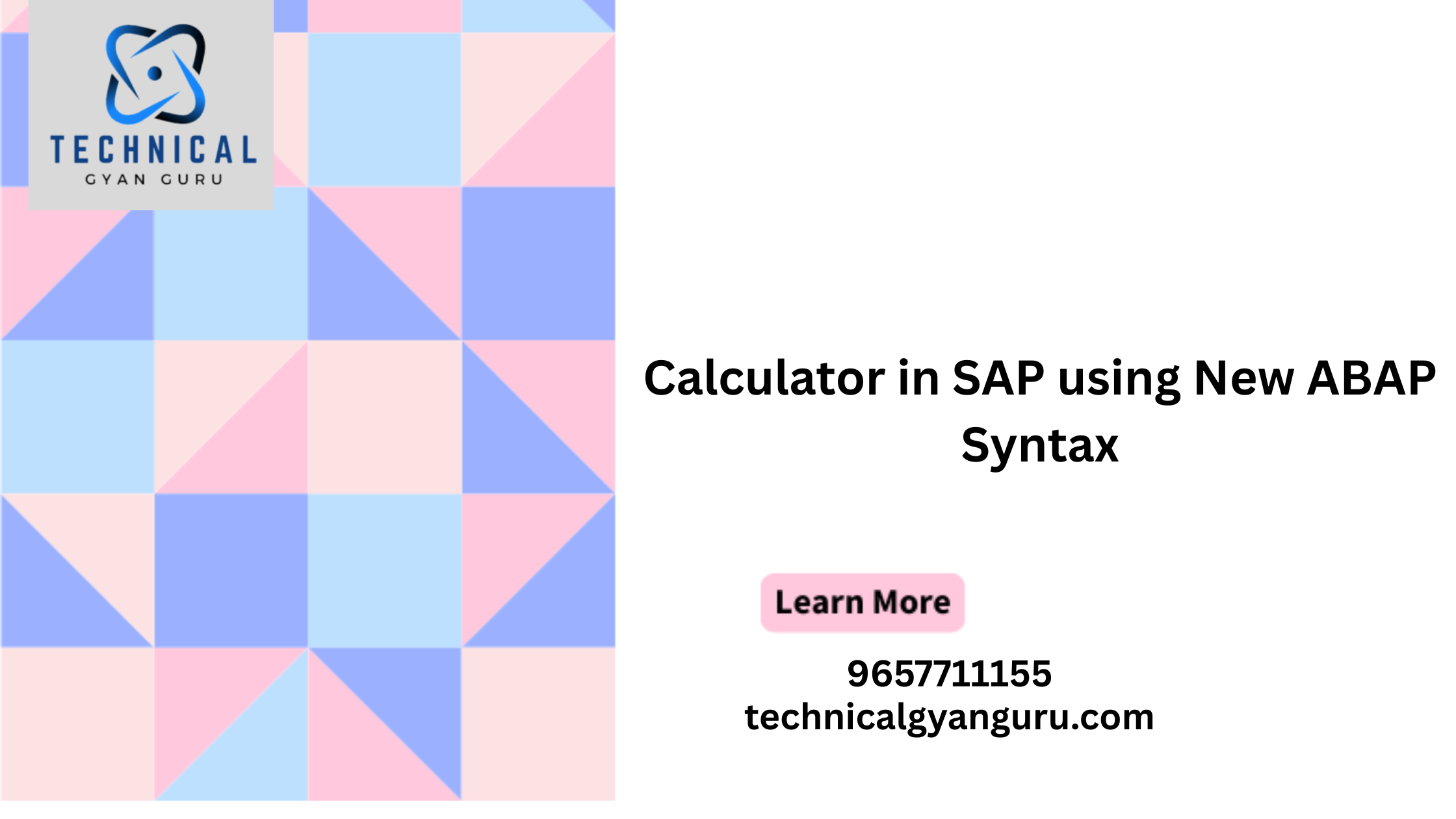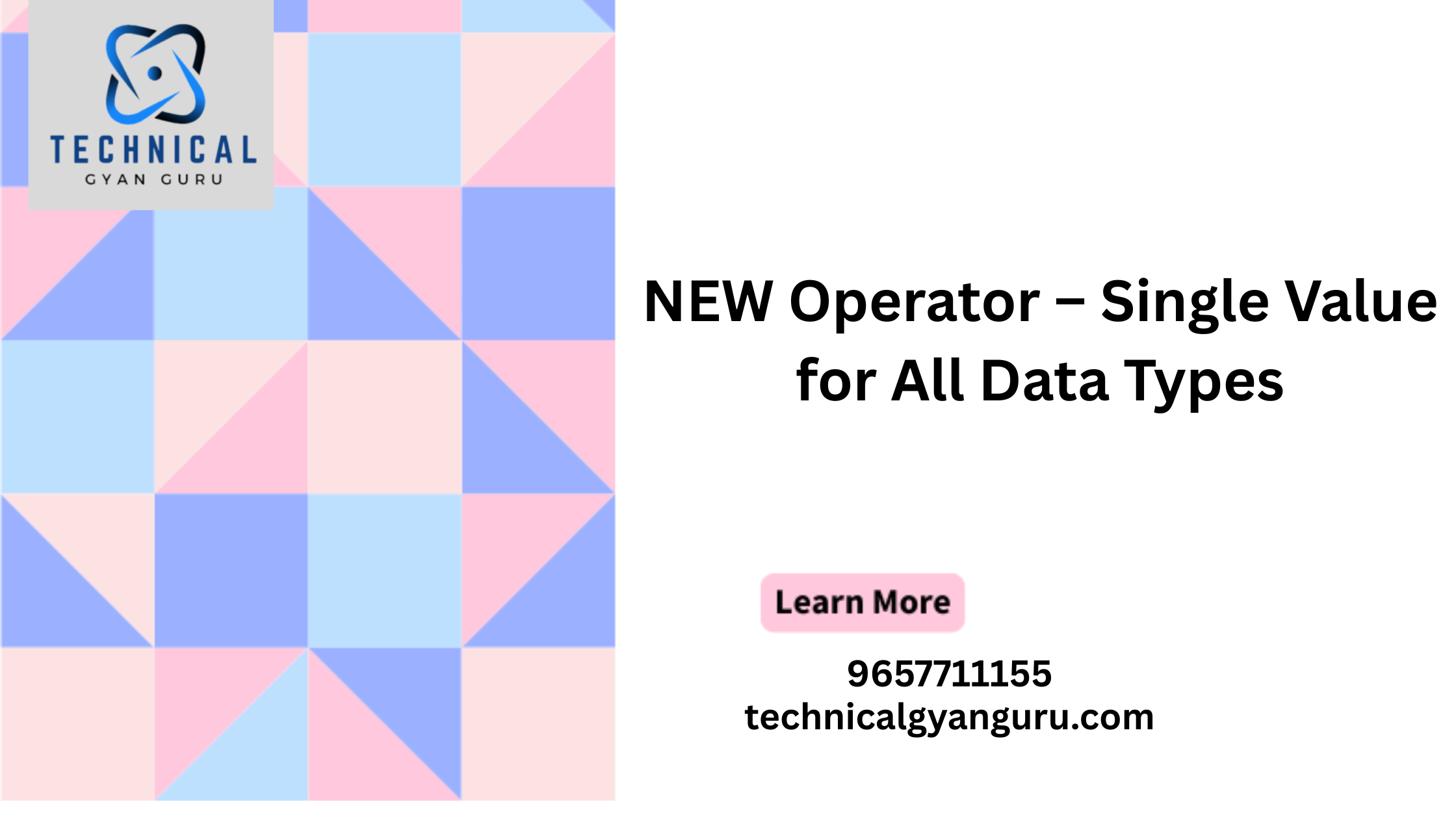Introduction Smart Banking Ecosystem
Smart banking ecosystems, an integral part of the Digital Banking Era, represent a transformative approach to banking. It integrates cutting-edge technologies to redefine how we manage our finances.
McKinsey’s and Ernst & Young’s study on modernizing banks for a new generation of customers underscores the importance of ecosystem business models. The study also emphasizes personalization capabilities that enable banks to provide more enriched experiences and maintain relevance in the ever-evolving industry.
Smart banking ecosystems emerged from the realization that customers’ evolving aspirations demand more than remote services. It is not just about transactions; it is about gaining insights, personalized advice, and a thorough approach to the financial path.
This blog will explore how smart banking ecosystems deviate from the one-size-fits-all approach.
Smart banking ecosystem: Focus of the financial portrait
Imagine a seamless integration of numerous financial services that provides customers with specific, data-driven insights. Picture this as a vast, interconnected web, where each financial service is like a piece of a jigsaw puzzle. When assembled, these pieces create a comprehensive picture of your financial life, forming a smart banking ecosystem.

Figure 1: Jigsaw Puzzle for a smart banking ecosystem
A smart banking ecosystem is essentially like a Super App, each element representing a specific task or program. It may be an app for managing investments, savings, budgeting, and more, all within a single platform. This ecosystem streamlines your financial processes, eliminating the need to switch between different applications when you want to perform a new financial task.
The smart banking ecosystem focuses on envisioning a holistic approach where banks may proactively analyze their customers’ financial needs. Based on the analysis, they may offer personalized options by leveraging Artificial Intelligence (AI) and Machine Learning (ML) to analyze and generate real-time reports.
The AI/ML algorithms, like the deep-learning model, can forecast prospective alterations in the financial markets by analyzing data on market trends, economic indicators, and global events. Such predictive capabilities will be a game-changer for banks to forecast potential market shifts with remarkable accuracy.
What is needed from banks to implement the smart banking ecosystem?
A smart banking ecosystem considers past data, current conditions, and numerous influencing factors to produce forecasts. They manage copious amounts of sensitive data and transactions, which makes safeguarding the integrity and confidentiality of financial data a critical concern. A growing dependence on cloud-based solutions drives technological advancements, benefitting businesses and real-time data processing applications. Furthermore, these ecosystems leverage AI and ML to advance predictive capabilities, enhancing decision-making processes and providing customers with proactive suggestions. This demands a robust technology infrastructure capable of handling massive data volumes and sophisticated analytical tools.
Therefore, banks will need to focus on:
- Investment in cutting-edge technologies: Banks must allocate resources to run complex analytical tools efficiently. This includes adopting cloud-computing solutions, expanding data storage capability, and deploying high-performance servers.
- Data security and compliance: Given the sensitivity of financial data, banks will need to advance encryption techniques, provide regular security checks, and stay compliant with data protection regulations.
- Partnerships and collaborations: Collaborating with technology partners, fintech firms, and data providers can help banks to expand their horizons. The collaboration can add specialized expertise, innovative tools, and data sources to smart banking ecosystems, enhancing their effectiveness.
- Scalability and flexibility: Banks must ensure their technological infrastructure can scale and adapt as clients’ needs evolve. Long-term success depends on the ability to accommodate growth in data volume and user demand.
- Customer support and engagement strategies: To retain and expand the customer base, banks should have accessible customer service channels, online chatbots, and proactive outreach to assist customers in maximizing the benefits of the ecosystem.
Smart banking ecosystems: Benefit to the customers
Integrating technology into banking operations has streamlined many processes. Yet, it raises the concern of how to strike the right balance between automation and maintaining a human touch.
According to research by Salesforce, almost 61% of banking customers expect companies to understand their individual needs and preferences. Over 50% of consumers claim they would switch providers if services were not personalized. Furthermore, 74% of customers have initiated and completed a transaction using multiple channels. Therefore, there is a high cost associated with not offering customized services.
This is where the smart banking ecosystem comes into play. It offers each customer a comprehensive and dynamic financial experience. It studies each customer’s behavior and preferences to deliver a unique proposal that caters to one’s financial journey.
Furthermore, these systems can activate real-time alerts when customers spend beyond their budgets, helping them avoid financial pitfalls. They can even help customers optimize their savings by providing personalized suggestions on where to invest or how to cut back on expenses. Think about a retiree receiving customized guidance on optimizing their retirement savings, ensuring financial security in their golden years.
Smart banking ecosystems can go beyond personal finance. They can benefit organizations by providing insights that enable effective cash flow management and growth strategies. Picture a scenario where a small business owner receives instant recommendations on how to improve their cash flow or where to allocate resources for maximum returns.
Combining a range of financial services under a single umbrella gives customers a panoramic view of their financial situation, saving time juggling multiple platforms. It bridges the gap between what customers desire and what banks offer.
This way, the experience goes beyond ordinary transactions, turning the bank into a trusted financial advisor. The bank can empower customers to make informed decisions ranging from budgeting, savings, and insurance to investment strategies.
A glimpse into the future
Smart banking ecosystems will undoubtedly shape a future of more than just numbers on a screen. It will be about how customers can control their financial journey. With each digital interaction and data-driven insight, the financial world becomes accessible but also optimal and empowering. It can also enable senior citizens who value user-friendly ways and businesses needing efficient money management solutions.







